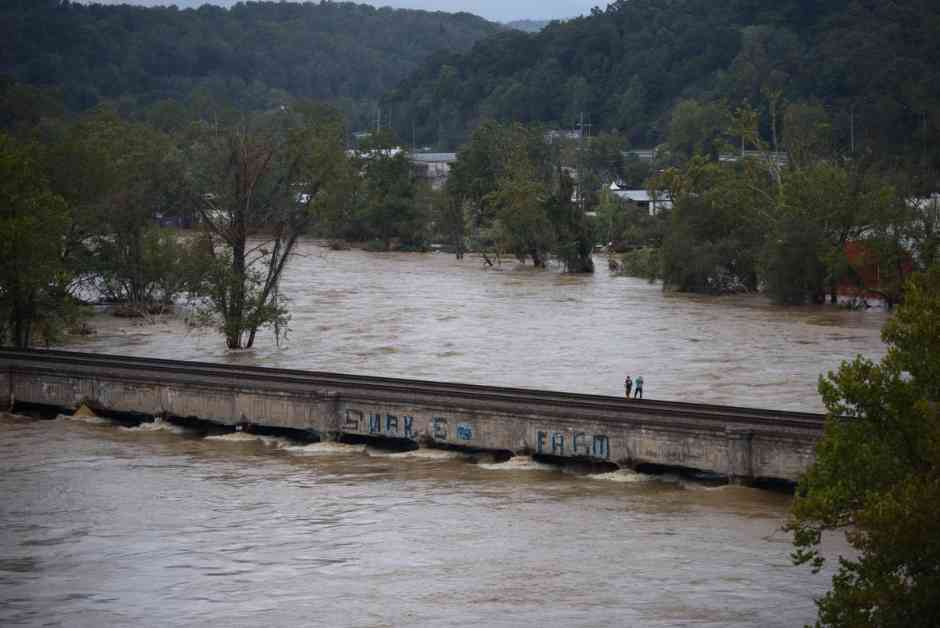Inland flooding from tropical cyclones, even in high elevations, is a major concern that scientists are still trying to understand fully. Hurricane Helene caused record flooding and devastation on September 28, 2024, in Asheville, N.C. after hitting Florida’s western coast as a Category 4 hurricane on September 26 and maintaining Category 2 status as it moved through Georgia.
The impact of Hurricane Helene was particularly severe in eastern Tennessee and western North Carolina, areas not typically considered at risk for hurricanes due to their higher elevations in the Appalachian Mountains. The storm resulted in historic flooding levels that overwhelmed the region’s terrain and infrastructure, leading to significant loss of life and widespread damage.
The excessive rainfall brought by Helene, with some areas receiving over 18 inches of rain and three-day totals exceeding 20 inches, created catastrophic flooding conditions. The pre-existing saturated ground from previous rainfall only exacerbated the situation, causing water to flow off immediately and contribute to the rising floodwaters.
The most affected areas were rural and lower-income communities with limited resources for resilience and infrastructure improvements, making them more vulnerable to such disasters. The lack of attention and investment in these areas for disaster preparedness and infrastructure upgrades further exacerbated the impact of the flooding.
The mountainous terrain in Appalachia posed challenges for evacuation and emergency response efforts, as the limited road access hindered swift action. The topography also played a role in the severity of the flooding, as water cascading down slopes accumulated rapidly in lower-lying areas, intensifying the destructive effects of the floods.
While tropical storm systems reaching inland mountains are rare, when they do occur, they can unleash catastrophic flooding due to various factors unique to mountainous regions. Scientists are still studying how these storms behave in mountainous terrain and how climate change may influence their frequency and intensity in the future.
The aftermath of Hurricane Helene left a trail of destruction, with roads in western North Carolina closed, widespread power outages affecting millions of people, and ongoing evaluations of the damage and recovery efforts. The long-term impact of such a disaster is significant, with the potential for a prolonged recovery period lasting years or even a decade.
As we face the increasing challenges of extreme weather events and their consequences, it is crucial to prioritize disaster preparedness, infrastructure resilience, and community support to mitigate the impact of future disasters like Hurricane Helene. The lessons learned from this devastating event underscore the urgent need for proactive measures to protect lives and property in vulnerable regions.










